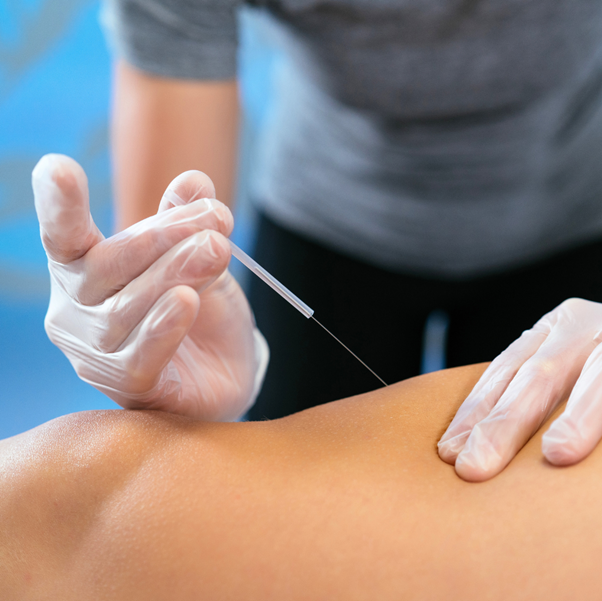In the realm of physical therapy and pain management, dry needling has emerged as a popular technique with promising results. This therapeutic approach involves the insertion of fine needles into specific trigger points in the body, targeting areas of muscle tension, pain, and dysfunction. Dry needling is gaining recognition for its effectiveness in relieving muscular pain, promoting tissue healing, and improving overall musculoskeletal function.
In this article, we will delve into the world of dry needling in Singapore, exploring its benefits, process, and considerations for individuals seeking this therapy in Singapore. Whether you are a curious individual or a prospective patient, this article aims to provide expert insights and helpful tips to enhance your understanding and experience with dry needling.
Understanding Dry Needling:
Dry needling, often confused with acupuncture, is a distinct technique rooted in modern Western medicine and anatomy. Unlike acupuncture, which follows the principles of Traditional Chinese Medicine, dry needling focuses on targeting muscular trigger points to address specific musculoskeletal conditions and dysfunctions. By inserting fine needles into these trigger points, practitioners aim to release muscular tension, alleviate pain, and restore optimal movement patterns. It is essential to understand the differences between dry needling and acupuncture to ensure you are seeking the right therapy for your specific needs.
Benefits of Dry Needling:
Dry needling offers a range of benefits for individuals dealing with musculoskeletal issues, chronic pain, and movement impairments. Some key advantages include:
Pain Relief: Dry needling can provide immediate pain relief by releasing muscular tension and reducing nerve sensitivity in affected areas.
Improved Range of Motion: By targeting trigger points and releasing muscle tension, dry needling can help improve joint mobility and increase flexibility.
Enhanced Muscle Function: The therapy stimulates the muscles, promoting blood flow, oxygenation, and nutrient delivery, leading to improved muscle performance.
Accelerated Healing: Dry needling can stimulate the body’s natural healing response, promoting tissue repair and regeneration.
Complementary Treatment: Dry needling can be used in conjunction with other physical therapy modalities to enhance overall treatment outcomes.
The Dry Needling Process:
During a dry needling session, a trained therapist will assess your specific condition and identify the relevant trigger points requiring treatment. The therapist will use sterile, single-use needles to gently insert them into the targeted muscles. You may experience a slight prick or muscle twitch response, indicating the release of tension. The number of needles used and the duration of the session will vary depending on your individual needs. Following the treatment, the therapist may provide post-treatment instructions, including exercises and self-care practices to support the healing process.
Finding a Qualified Dry Needling Practitioner in Singapore:

To ensure a safe and effective dry-needling experience, it is crucial to seek a qualified and experienced practitioner. Look for therapists who have undergone specialised training in dry needling techniques and hold relevant certifications. Consider asking for recommendations from trusted healthcare professionals or seeking referrals from friends or family who have had positive experiences with dry needling. Additionally, read reviews and conduct research to ensure the practitioner aligns with your specific needs and preferences.
Precautions and Considerations:
While dry needling is generally safe, it is essential to consider certain precautions and inform your therapist of any underlying medical conditions, allergies, or sensitivities you may have. Communicate your comfort levels during the session, as well as any sensations or concerns you experience. Open and transparent communication with your therapist is key to a successful dry-needling experience.
Conclusion:
Dry needling has emerged as an effective therapeutic technique for addressing musculoskeletal conditions, relieving pain, and improving overall function. By understanding the principles and benefits of dry needling, being proactive in finding a qualified practitioner, and following expert tips, you can make the most of your dry needling sessions in Singapore. Remember, each individual’s response to therapy may vary, so it’s essential to consult with a healthcare professional to determine if dry needling is suitable for your specific condition and goals. Visit The Movement Laboratory for physiotherapy and dry needling treatment services.

